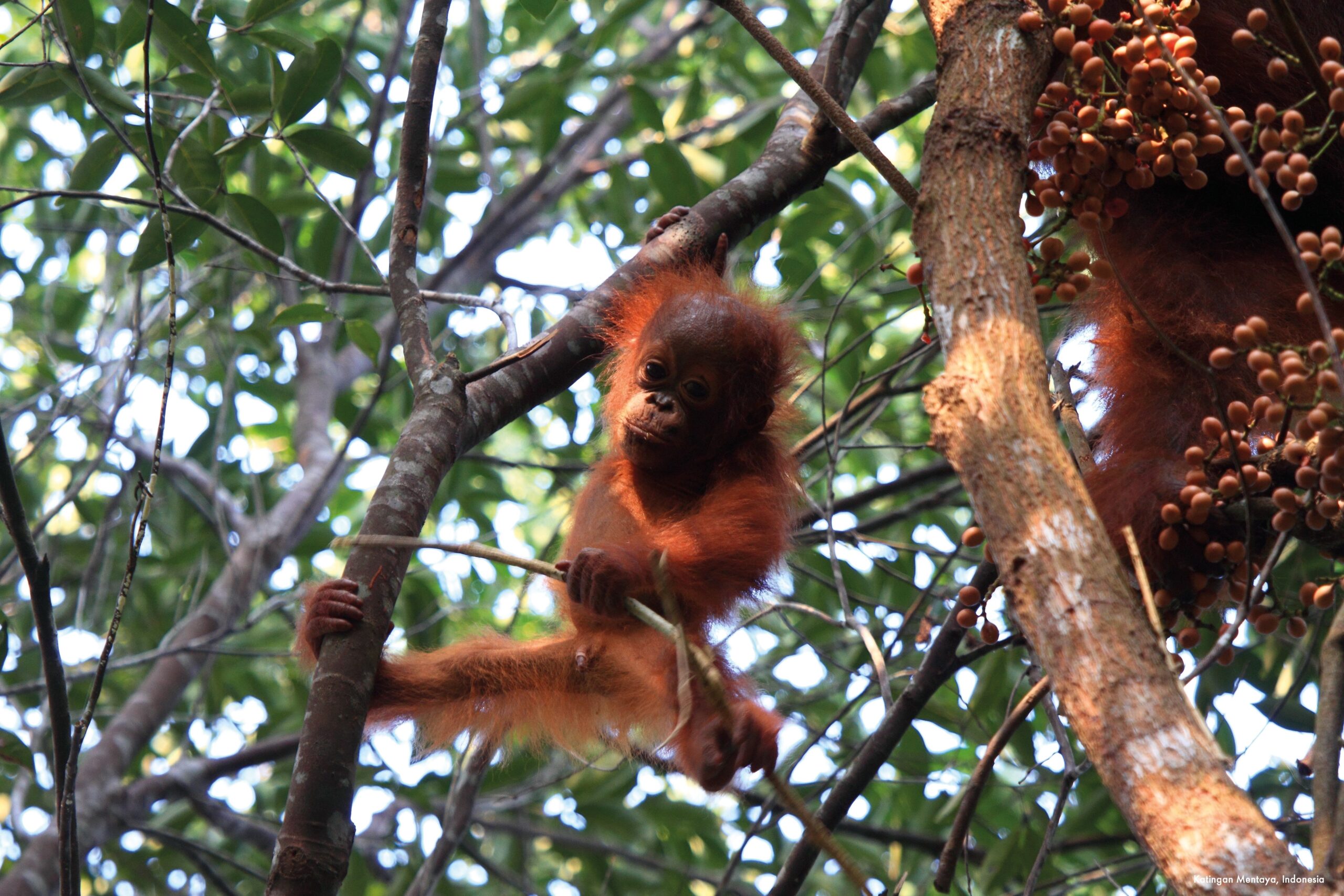Climate Impact: An estimated 7,451,846 tCO2e avoided annually.
Project Registry Link: Katingan Peatland Restoration and Conservation | VERRA

The largest program of its kind, the Katingan Mentaya Project protects vital peatland in Central Kalimantan, Indonesia. Located squarely within a state designated production forest, the project area was planned to be cleared and converted to an industrial acacia plantation. [Out of Stock]
Reducing Emissions from Deforestation and forest Degradation (REDD+)
VERRA Voluntary Carbon Standard, and Climate, Community, and Biodiversity Standard
VCU, CCBA
VM0007 REDD+ Methodology Framework
VCS1477
2019+ (all our vintages are Climate Active compliant)
The ecologically significant tropical peatlands within the project area store approximately 20 times more carbon below ground than in above-ground vegetation, highlighting their important role as a carbon sink. The Katingan Mentaya REDD project finances the conservation of these peatlands by appropriately valuing the natural capital and the ecosystem services they provide, thus preventing significant volumes of carbon dioxide from being released into the atmosphere.
BeZero, which provides a third-party carbon crediting rating system, gives this project a rating of A.
This project was founded and is managed by PT Rimba Makmur Utama (RMU). RMU focuses on nature-based solutions in Indonesia to protect and restore natural, social and economic ecosystems. Since 2013, RMU has been managing the Katingan Mentaya Project, which was established in 2017 in response to the climate crisis. RMU’s strong belief that the peat forest of Kalimantan, Indonesia, can still be saved and restored by providing local communities with a sustainable source of income is the massive driver behind this project and has even led to other initiatives to help reduce emissions and give back to local communities.
In partnership with 34 local villages, the project aligns with sustainable development initiatives by building community capacity, increasing employment and education. By fostering inclusive partnerships and a culture of nature connection and sustainability in local communities, the project serves to reduce poverty, enhance the wellbeing of communities, and reorient deforestation trends and their destructive environmental and climate impacts.
The Katingan Mentaya Project is living proof that carbon finance can combat climate change. The largest program of its kind, it generates an average 7.5 million triple gold certified carbon credits annually; equivalent to taking 2,000,000 cars off the road each year. In partnership with local communities, the project utilises carbon revenues to ensure natural forest restoration and protection.
The project activities deliver vital biodiversity conservation outcomes. The project protects vital peatland habitats in Central Kalimantan, Indonesia, for five Critically Endangered, eight Endangered and 31 Vulnerable species. The protected area is home to between 5 and 10% of the global populations of the Bornean Orangutan, Proboscis Monkey and Southern Bornean Gibbon.
Permanence: Project activities must generate permanent reductions and removals in GHG emissions. This requires that the carbon sequestered and stored within the project area will not be released due to unmitigated risk factors such as forest fires, extreme weather events, pest and disease outbreaks and land tenure disputes that result in deforestation. The project actively mitigates risks to the permanence of GHG reductions and removals.
Additionality: A project is additional if the GHG emissions reductions and removals would not occur without the implementation of the project activities. Prior to the establishment of the project, the land area was legally designated as production forest, and conversion to industrial acacia plantation was the most likely land-use scenario. The project activities prevent planned deforestation, restore wetlands and reforest small compartments – all of which would not occur in the absence of the project. Therefore, the project GHG emissions reductions and removals are additional.
Leakage: In the context of REDD+ projects, leakage refers to the displacement of deforestation and forest degradation from within the project area to outside of the project area. The project must identify and account for all potential sources of leakage including (but not limited to) activity shifting of avoided planned deforestation and the displacement of agricultural activities by applying a leakage factor to the net emissions calculation, which essentially discounts the total issuance of carbon credits.
SDGs: The project meets the following United Nations Sustainable Development Goals:











Out of stock
Your purchase goes to the procurement of fully verified and independently audited carbon offset projects. TEM’s operational, due-diligence, risk management and marketing costs are also included in the list price. By purchasing from these projects, you are mobilising capital to support the project’s ongoing operations and benefits, alongside of ensuring measurable emissions reductions and avoidance.
You may find a difference between the cost of projects listed on this site and the average prices listed on the wholesale carbon market/s. That’s because TEM offers projects where we have gone the extra mile to ensure their integrity and deliver you the end-to-end service that others won’t. Our pricing is fully inclusive of the end-to-end services to ensure integrity, including:
Once we’ve received your payment, we will: